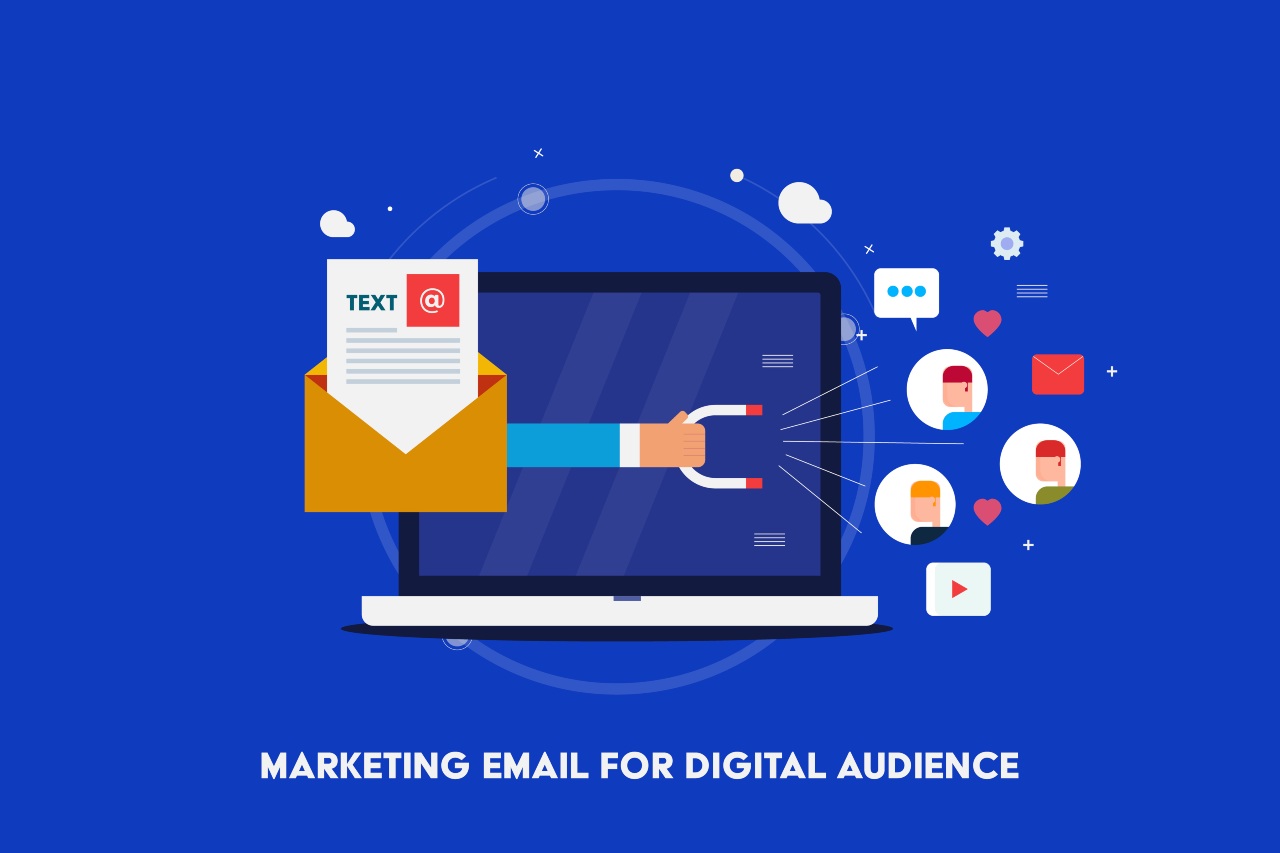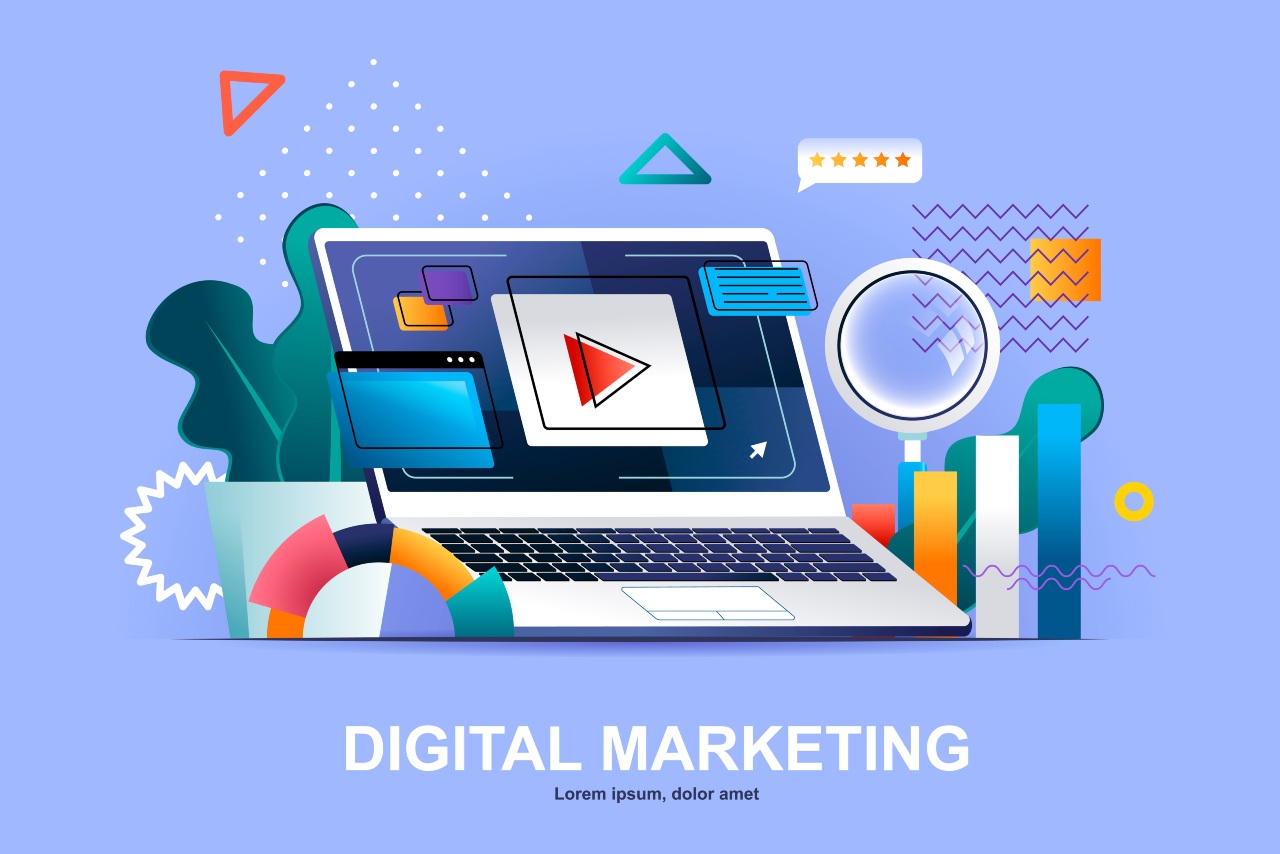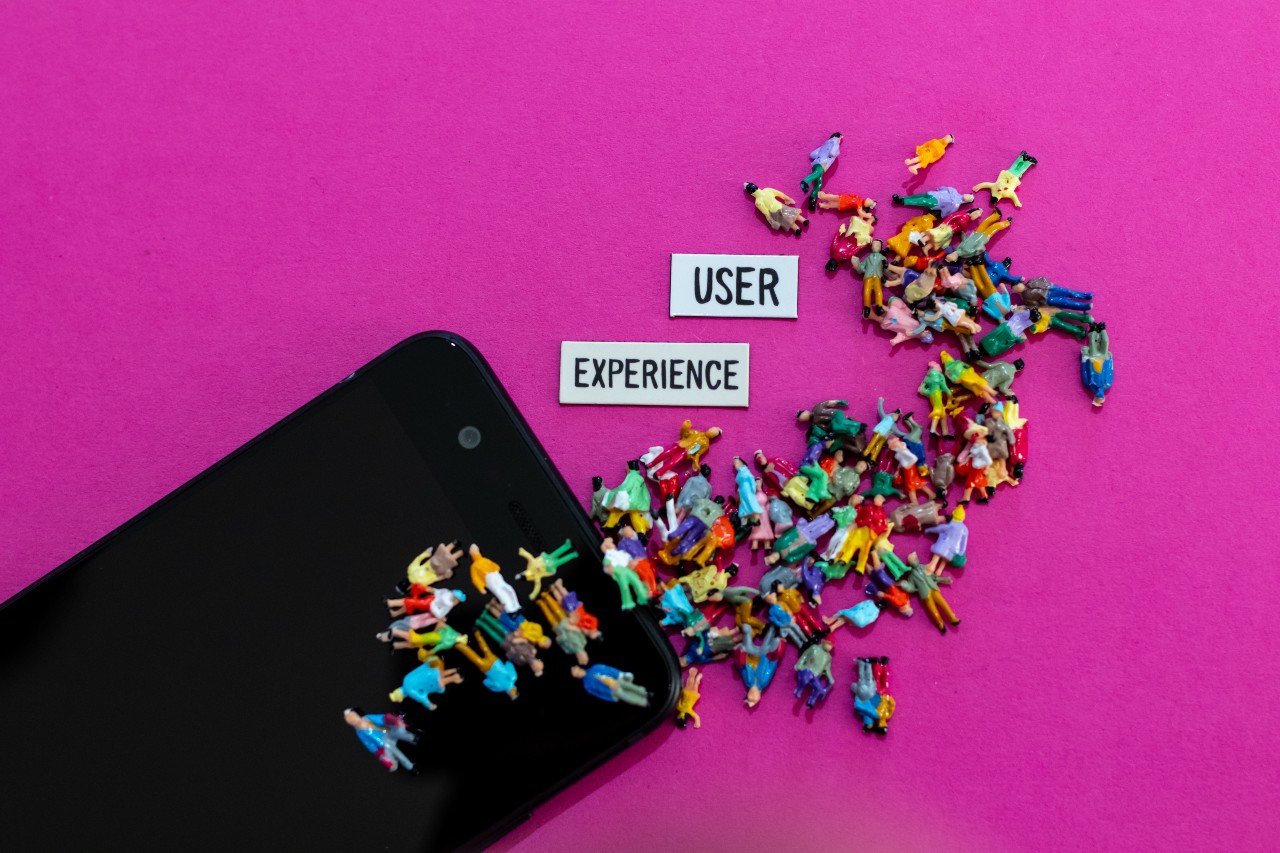
Creating high-quality content requires time, effort, and resources. But what if you could extract more value from the content you’ve already created? Content repurposing is a powerful strategy to maximize your return on investment (ROI) while maintaining a consistent presence across multiple platforms.
By reimagining and redistributing your content, you can reach a wider audience, save resources, and increase engagement. Let’s explore how to effectively repurpose your content for maximum ROI.
What is Content Repurposing?
Content repurposing involves taking existing content and transforming it into different formats or tailoring it for new platforms and audiences. For example, you could turn a blog post into a video, create an infographic from a research report, or share podcast snippets on social media.
This strategy allows you to:
- Extend the lifespan of your content.
- Reach new audiences who prefer different content formats.
- Reinforce your message through repeated exposure.
- Optimize your resources by reducing the need for new content creation.
Why is Content Repurposing Important for ROI?

Repurposing content can significantly boost ROI in the following ways:
Time and Cost Efficiency:
Repurposing eliminates the need to create new content from scratch, saving time and money.
Increased Visibility:
By sharing the same message in various formats, you can expand your reach and connect with different audience segments.
Enhanced SEO Performance:
Multiple content formats linked to the same topic can drive more traffic to your website and improve search engine rankings.
Better Engagement:
Tailoring content for specific platforms ensures higher engagement as it aligns with user preferences on each channel.
You may also like:
5 Steps for Best Content Repurposing
Here’s how to effectively repurpose content to maximize ROI:
- Identify High-Performing Content
Start by analyzing your existing content to determine which pieces have resonated most with your audience. Use tools like Google Analytics, HubSpot, or BuzzSumo to identify:
- Blog posts with high traffic.
- Social media posts with high engagement.
- Videos with high views or shares.
- Adapt for Different Content Formats
Not everyone consumes content in the same way. Repurposing allows you to cater to different preferences. Here’s how to adapt content into new formats:
- Blog Post to Infographic: Transform key points from a blog post into a visually appealing infographic.
- Webinar to Blog Series: Break down a webinar into multiple blog posts, each focusing on a specific topic discussed.
- Podcast to Quote Graphics: Extract notable quotes from a podcast episode and turn them into shareable graphics.
- Republish Updated Content
Sometimes, old content only needs slight updates to regain relevance. Republish the content with updated statistics, current examples, or revised CTAs. Promote it as “refreshed content” to attract both new and returning audiences.
- Create Micro-Content for Social Media
Break down long-form content into bite-sized pieces for social media:
- Share key tips or statistics from a blog post as tweets or LinkedIn updates.
- Create short video clips from a longer video or podcast for Instagram Reels, TikTok, or YouTube Shorts.
- Turn a listicle into a carousel post for Instagram.
- Turn Content into Email Campaigns
Repurpose content into a series of emails to nurture your audience. For example:
- Use sections of an eBook or whitepaper as individual email topics.
- Highlight blog insights in newsletters with links to read more.
- Share video tutorials or case studies via email campaigns.
Tools to Streamline Content Repurposing
Several tools can simplify the process of repurposing content:
- Canva: For creating infographics, social media graphics, and presentations.
- Descript: For editing and extracting clips from video or audio content.
- Hootsuite: To schedule and share repurposed content across multiple platforms.
- Lumen5: To convert blog posts into videos.
Investing in these tools ensures efficiency and consistency.
Measuring the ROI of Your Repurposed Content

To ensure your efforts are paying off, track the performance of repurposed content. Monitor metrics such as:
- Traffic: Measure website visits from repurposed content.
- Engagement: Track likes, shares, and comments on social media.
- Conversions: Analyze how repurposed content contributes to leads or sales.
- Cost Savings: Calculate the time and money saved compared to creating new content.
By regularly reviewing these metrics, you can refine your strategy for even better results.
Final Thoughts
Repurposing content is a smart, sustainable way to maximize ROI and extend the lifespan of your content. By creatively reimagining existing material, you can connect with new audiences, enhance engagement, and optimize resources.
In the meantime, if you need help with your digital marketing, we are here for you. Feel free to contact us and learn more about our digital marketing services. You can find more information at Sylably.com or on our flagship Facebook page.
You may also like:
Did You Like this Article?
If you found this article helpful, please share with your friends, family, and colleagues who might also be interested in digital marketing services.
We would also love to hear your opinion, thoughts, and advice! Please leave your comments in the box below.
Thank you!










